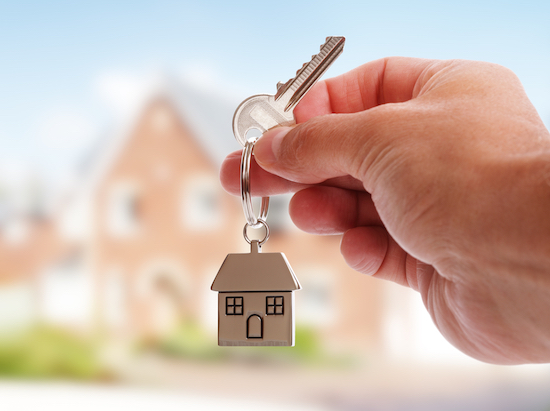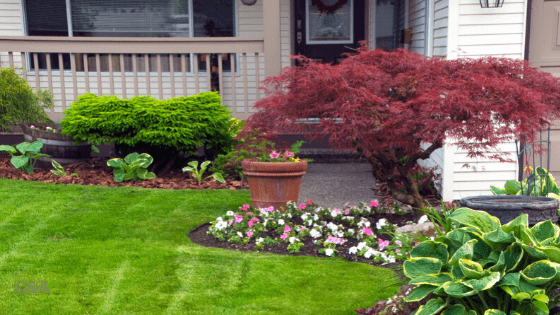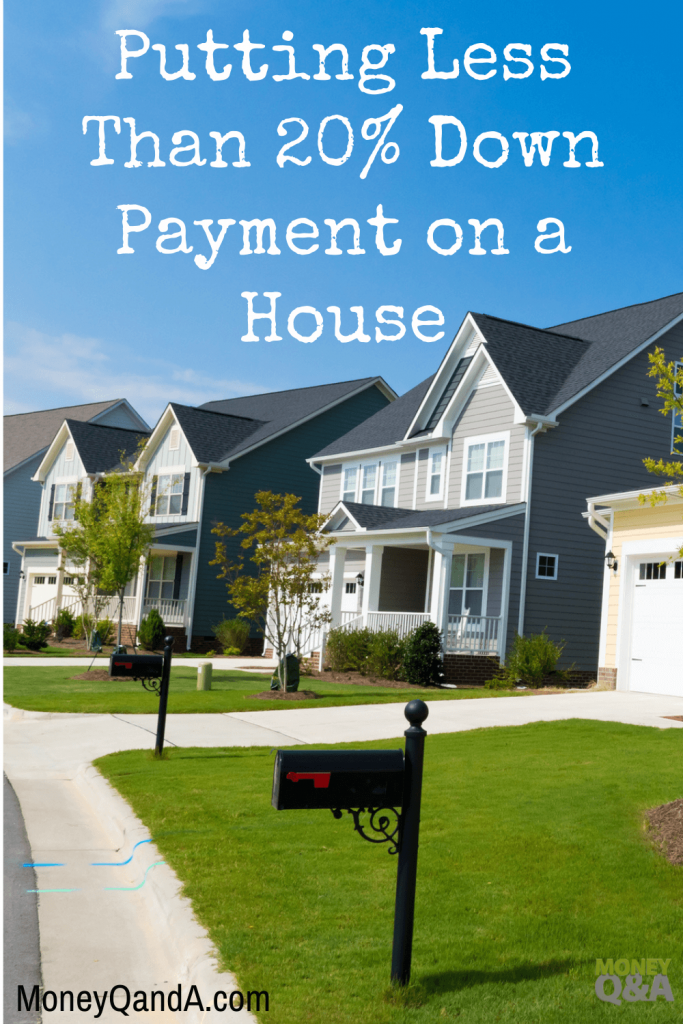
For decades, 20% has been the golden standard for down payments on a home, but is that still the case today? With more and more Millennial consumers entering the housing market – many of them already averaging $27,000 in non-mortgage debt – lenders have increasingly offered favorable options to help individuals and families achieve their homeownership dreams without requiring the full 20% down payment beforehand.
After all, a 2020 report from the National Association of Realtors found that a whopping 30% of 22-29 year-old homebuyers agreed that “saving for a down payment” was the hardest part of the home-buying process (20% of 30-39 year-olds agreed with this statement as well). Of those survey respondents, 59% of the 22-29 year-olds and 51% of the 30-39 year-olds said that student loans delayed their ability to save for a home for 2-4 years on average.
Putting Less Than 20% Down Payment
The same NAR report found that 88% of homebuyers financed their home purchases to some extent, with 39% of respondents of all ages saying they financed 90-100% of their home’s price in the mortgage loan. This means more than one-third of borrowers are proceeding with their homeownership goals without having 20% fully saved in advance for the down payment – should you do the same? Let’s consider some pros and cons of putting down less than a 20% down payment on a home mortgage.
Pro: Become a Homeowner Sooner
For many first-time homebuyers, it can take years to save up enough money for a down payment on a modest starter home (which might not be worth it if you plan to expand your family or move within the first 5 years anyway). If you’d rather take advantage of low interest rates on mortgage loans while you can, there are $0 down and low-down payment options available, such as VA loans and FHA loans (which require 0% and 3.5% down, respectively).
Of course, since homeownership comes with its own hassles and financial risks compared to renting your primary residence, it’s important to avoid rushing this process as much as possible. Take your time to thoroughly understand each of your mortgage loan options by researching and speaking with a mortgage advisor at your financial institution, then decide which low-down payment mortgage loan is right for your situation.

Con: Fees & Private Mortgage Insurance
If you do not put down at least 20% for your home, you’ll most likely need to pay for private mortgage insurance until you reach that 20% threshold of equity in your home. PMI ranges from 0.3-1.5% of your overall loan and is partially paid upfront with your closing costs and assessed monthly or annually thereafter.
For a $400,000 home with a 0.5% PMI, this translates to $2,000 in annual private mortgage insurance costs (or $166 per month). On top of property taxes, utilities, and other expenses associated with homeownership, you may find PMI costs more burdensome than they’re worth (especially considering FHA borrowers must pay mortgage insurance premiums for the duration of the loan, not just until you reach 20-22% equity).
Pro: Cash Liquidity
Although many people believe that buying a home is an investment, the fact of the matter is that your primary residence functions more like an expense than an asset because you’re paying to live in it (as opposed to earning money from it as a landlord would), it requires regular and sometimes expensive upkeep, and you’re responsible for taxes and other expenses related to its maintenance.
For these reasons, you may not want to tie up a lot of your money in a down payment for a home because then you won’t have as much cash readily available to cover unexpected emergencies. Additionally, saving up for a 20% down payment means you may need to sacrifice some of your other investment and retirement goals for a while to expedite your home-buying timeline. This equates to months – or even years – of lost or reduced progress towards other financial goals that can provide you with a passive income and long-term stability, so putting less money towards a down payment could help you free up more cash for other necessary financial obligations besides the home.
Con: Harder to Refinance
Since private mortgage insurance is applied to protect lenders from borrowers with less than 20-22% equity in their homes, it can be more challenging to qualify for refinancing while you’re still stuck with PMI. Perhaps this isn’t a major concern of yours now, while you’re still relatively new to the housing market, but it could become an issue later on. Another kicker: even if you refinance, you may still be saddled with PMI, which can take several months to request cancelation from your lender.
Is it worth buying a home with less than 20% down? The answer depends on your current financial stability, motives for buying a home sooner rather than later, and your ability to pay for PMI on top of the mortgage, property taxes, fees, and other expenses related to homeownership.
The best course of action would be to discuss your options with a trustworthy home loan advisor to determine which mortgage loan is right for you and how much you should put down when you’re ready to buy.

